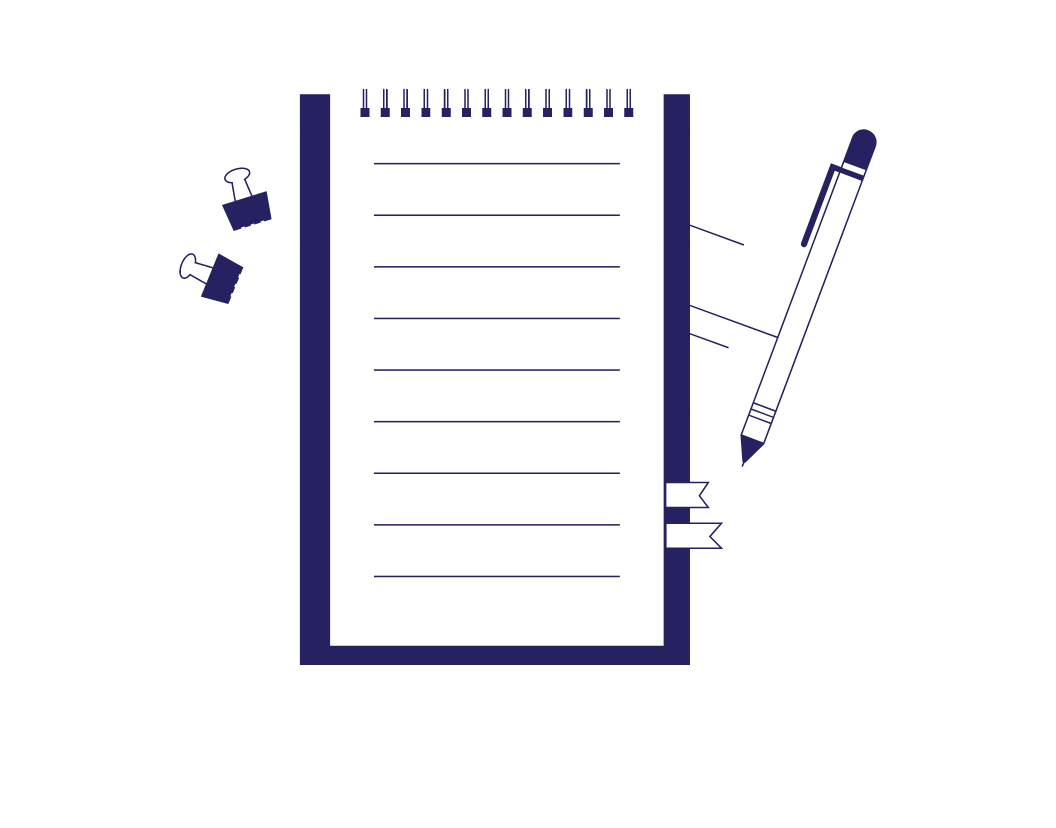
-
4-minute read
-
7th July 2021
6 Tips for Writing About Disability
When writing about disabilities, we have the power to place people in either a positive or negative light. The way we phrase our sentences can have unintended and harmful results. This article covers six tips for writing about disability:
- If you are writing about a specific person, make sure you have their consent.
- Focus on abilities, not disabilities (i.e. what people can do, not what they can’t).
- Use person-first language as a default to avoid labelling.
- Avoid negative language and associations when discussing disability.
- Only write about someone’s disability if it is relevant.
- Have your writing proofread by experts.
Let’s look at these tips for writing about disability in more detail.
1. Ensure That You Have the Person’s Consent
If you are writing about a specific person or specific people, ask for their permission to write about them and their disability. Some people would rather keep such information private, while others might be happy for it to be known. Either way, you should ask for consent.
2. Focus on Abilities, Not Disabilities
How we phrase our sentences can have a big impact on how our readers understand the intended meaning of our writing. Thus, it is best to focus on what a person can do rather than on what they can’t do. For example:
One of my best friends, John, is wheelchair-bound. ✘
One of my best friends, John, uses a wheelchair. ✔
The first sentence here focuses on wheelchair use as a restriction, whereas the second focuses on what John can do, offering a more positive framing.
3. Use Person-First Language
Using person-first language means just that – constructing your sentences to mention the person first rather than their disability. This helps you to focus on the people as individuals rather than labelling them with a disability:
Most epileptics can participate in sports. ✘
Most epileptic people can participate in sports. ✘
Find this useful?
Subscribe to our newsletter and get writing tips from our editors straight to your inbox.
Subscribe to Beyond the Margins and get your monthly fix of editorial strategy, workflow tips, and real-world examples from content leaders.
Most people with epilepsy can participate in sports. ✔
This can depend on the person in question, though, as some people prefer to, for example, describe themselves as a ‘disabled person’ rather than a ‘person with a disability’. So, if you are writing about a specific person or specific people, make sure to ask if they prefer person-first language.
4. Avoid Negative Associations
Try to avoid negative language or associations when discussing disability. There are plenty of words that were commonly used in the past, for example, that are now considered to be offensive or condescending.
However, this can also apply in less obvious ways. For instance, it is best to avoid terms like ‘damage’ or ‘victim’ when referring to disability, as those words have negative connotations. Look for a more neutral alternative instead. For instance:
The cashier who helped me had damaged hearing. ✘
The cashier who helped me was hard of hearing. ✔
If you are not sure what the appropriate language is, look online for advice from recognised groups or experts associated with the relevant disability. You will almost always be able to find guidance on which terms are considered impolite or outdated, and what the currently favoured terminology is.
5. Only Write About Disability Where Necessary
If a person’s disability is not relevant to the subject you are writing about, it would be best not to include it. Ask yourself what purpose it will serve if you write about the person’s disability. For example, if you are writing an article about accessible spaces and have interviewed someone who uses a wheelchair, then it would be important to mention this. But if what you’re writing about is unrelated to a person’s disability, then you don’t need to bring it up.
6. Have Your Writing Proofread
To make sure that your writing is appropriate and error-free, you should have your document proofread. Our expert editors are available 24/7 to help make sure your document is clear and conveys your intended meaning.




